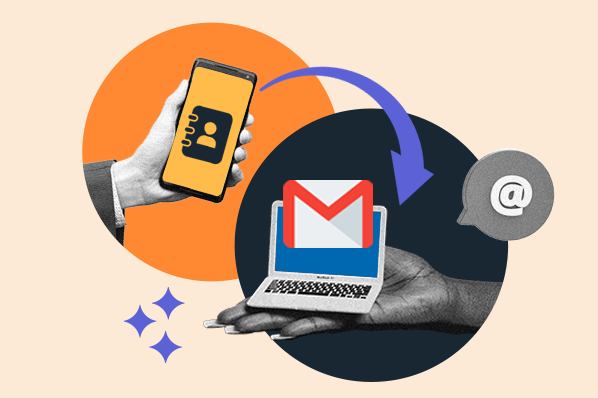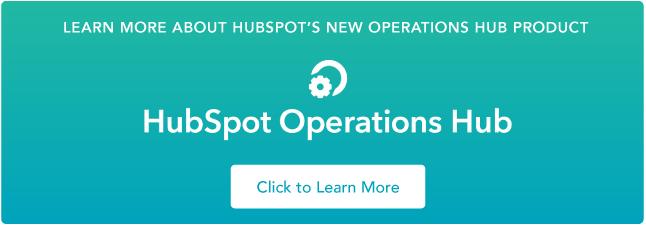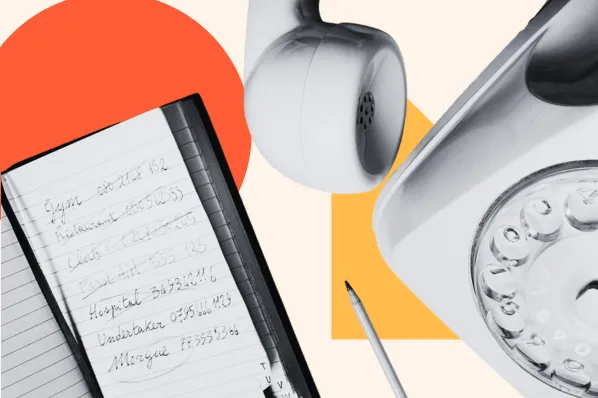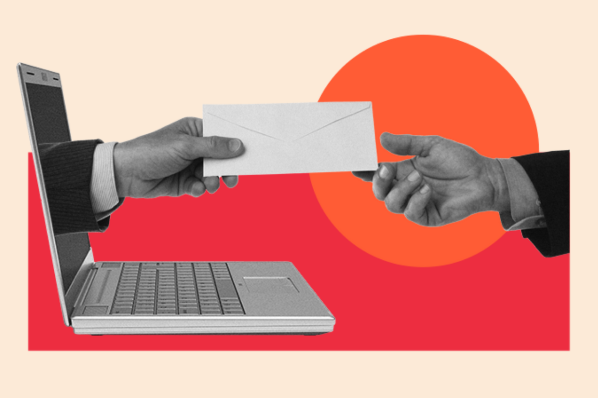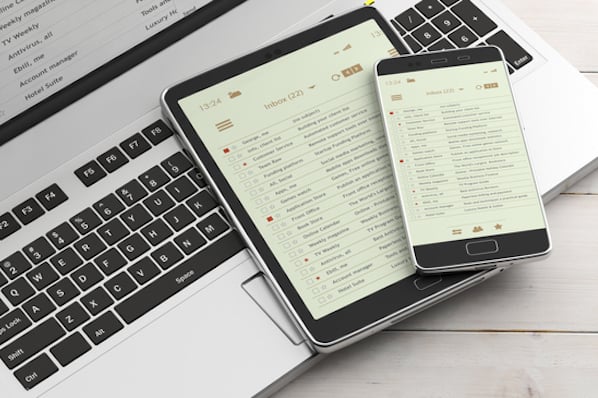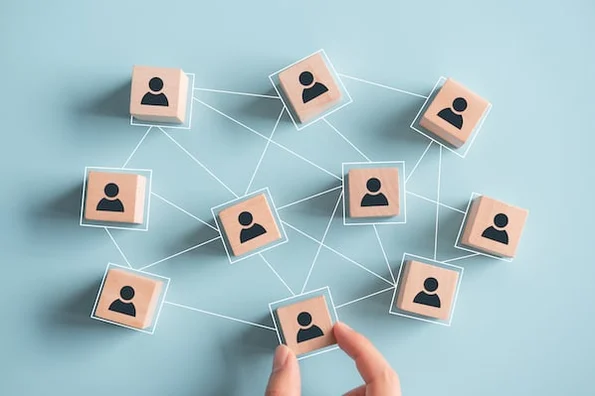How to Import and Export Gmail Contacts, the Traditional Way
When you visit your Google Contacts dashboard, you'll see the options to import and export CSV files on the left-hand sidebar. You could import a list of contacts from another app to your Google Contacts account or export the contacts you store there.
This import/export can be done using any of these CSV file methods:
- Google CSV files
- Outlook CSV files
- vCard files
Keep in mind that each separate Google account has its own set of contacts -- so if you have multiple Gmail accounts, they will each have their own contact databases on Google Contacts.
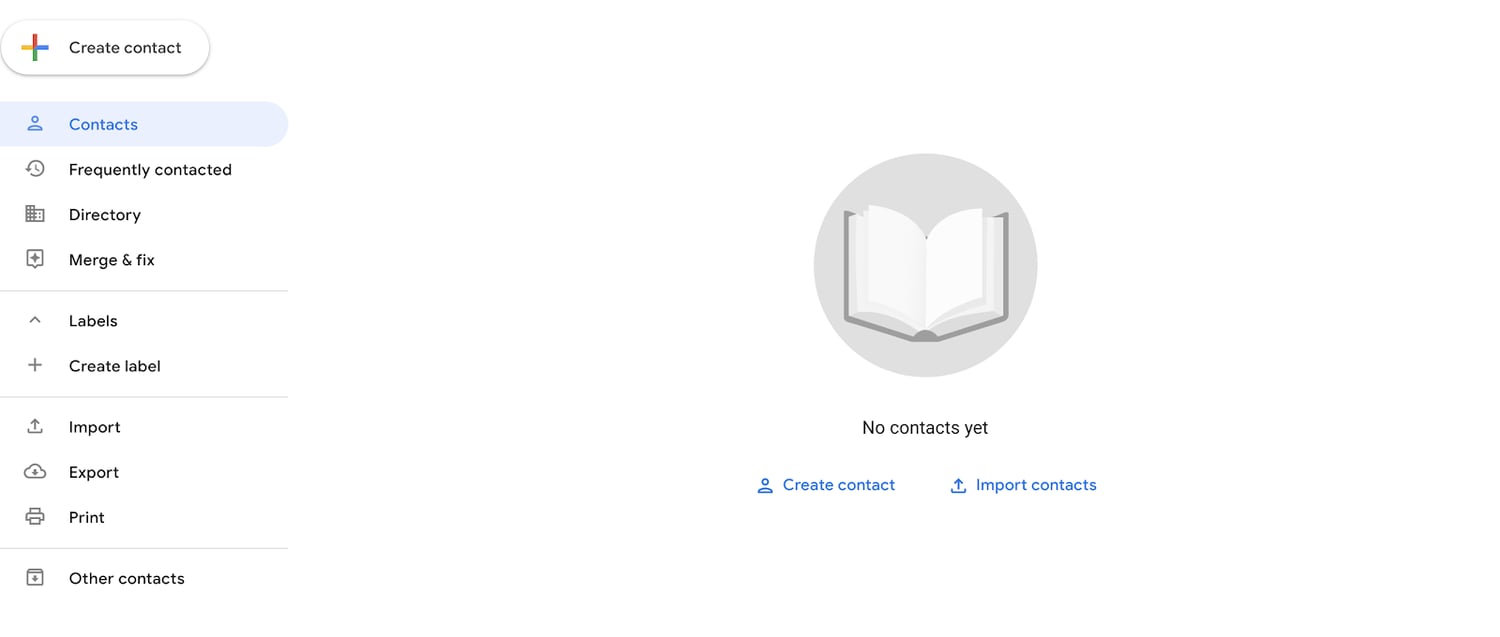
Google Contacts makes it easy for you to separate your contacts into groups by applying labels. During your import/export, you can choose to export files labeled only ‘Business’, for example, and leave every other contact out of it.
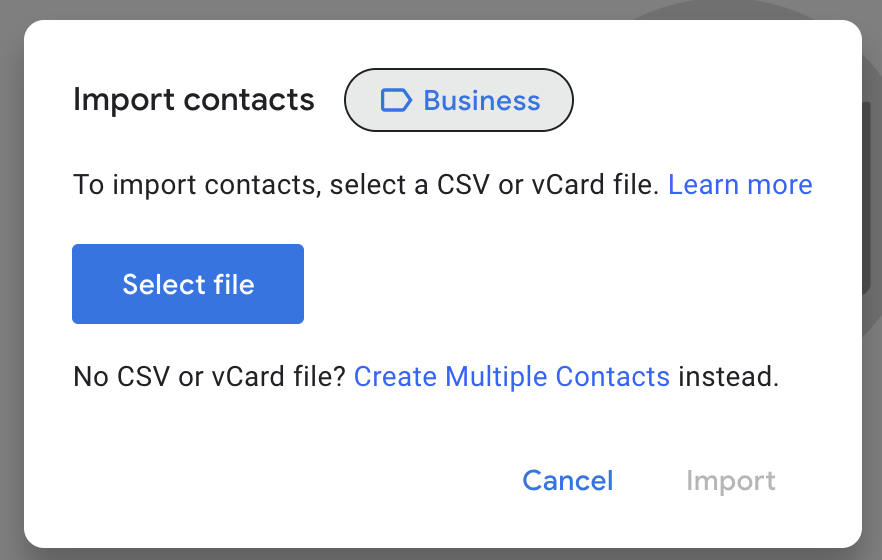
This is a good enough solution for one-time and one-way operations. In other words, if you need to take a limited number of contacts from one app and send them to another app, an import/export of your Gmail contacts will do just fine. A common use case is if you need to transfer contacts from an old Gmail account into a new one, or take a small subset of your contacts and share them once with a colleague.
The Problems With the Traditional Import/Export
If you need to share contacts between accounts and applications regularly, you might come across some issues with the CSV format.
When some of your Google Contacts entries already exist in the other app, you might end up with duplicate contacts. Even by merging the CSV files, some contacts will overlap. For instance, a contact called "William" in one database and "Bill" in the other one, will most likely be stored as two different contacts.
Also, because some CSV files are separated by commas, it’s common for addresses to be broken into different information fields when the contact is imported or exported through a CSV file. Phone numbers can also be mistaken for large amounts, so you can end up with wrong data in a lot of your apps. CSV is not optimized for continuous contact sharing and does not keep your contacts in sync.
Another issue is that your contact data is constantly changing, and CSV files only succeed in taking a temporary snapshot of your database. It can get outdated very fast, and will not keep your contacts updated in real time. Because of this, you will probably need to manually import/export constantly, which can get messy very quickly -- not to mention that doing this manually every week or month is incredibly time-consuming.
Plus, this is not a two-way contact sharing: you can only export files from one application and import it into another. Which, would mean that if you need the same contacts in both apps, you would need to import/export twice, which can get messy very fast.
However, there are ways to automate this and make contact management much easier. Instead of constantly using CSV files for this end, consider continuous sync between your applications by integrating Google Contacts with the rest of your software stack.
Software integration can be achieved in a few different ways:
- With native (or in-app) integrations
- With in-house integrations
- With an integration platform as a service (iPaaS) tools
With any of these options, your Google Contacts accounts will be connected to your CRM software and other applications that store contact data. This integration will be much less complicated and time-consuming than with frequent CSV file exports, as the contact sharing operations will be automated.
Google Contacts does offer some native integrations with CRMs and other contact management tools. In case your CRM doesn't offer two-way syncs, but only one-way pushes or if the tools you’re already using don't offer native integrations between them, you might want to consider other options.
An in-house integration is a good alternative for this, which will be tailor-made for your business needs and work perfectly for your workflows. The downside of this is that these are very costly and time-consuming to build, and you need to have the necessary expertise in-house to do this.
The third option is our top pick: if what you want is to keep your contacts databases synchronized in real time, deploying an iPaaS tool to connect your applications is your best bet. iPaaS platforms are purpose-built to create integrations between two separate pieces of software - think of it as a solution that was created specifically to integrate your applications and does all the heavy lifting for you.
How iPaaS Tools Can Sync Your Gmail Contacts
There are different kinds of iPaaS tools, each one with different functionalities to integrate different parts of your business. We’ll be talking about tools that specialize in trigger-action integrations and that focus on customer data syncing.
Trigger-action automation
Platforms like Zapier, Tray.io and Automate.io specialize in automating workflows and one-way data pushes. These would allow you to create a trigger-action workflow -- so, for instance, you could dictate that when a contact is created in Google Contacts, it should automatically be created in your CRM too.
This allows you to create complex, fully automated workflows between hundreds of different applications, but when you update data or if you add new contacts through several apps, things get more complicated. This kind of automation was designed for one-way pushes from one app directly to another, and this trigger-action principle isn’t optimal for continuous data syncing.
If you need to sync segments of your contacts in different ways, you need to create multiple automations that work independently from one another, so they may overlap or even cancel each other out. This also does not sync historical data, but only contacts that are created after the automation was set up.
Customer data syncing
Then there are more complete integration solutions that focus on syncing customer data. If you are a HubSpot user, you can use the native Google Contacts Sync to keep your contacts flowing between your databases two ways and in real time. This means that every time you change or update any contact data, that change is reflected in your other apps too.
That applies for when you create new contacts too - if a contact is added to your Google Contacts account, it also gets automatically created in your CRM and vice-versa, with all information fields and segmentations respected in all apps.
This ensures that your contacts are continuously synced and updated across your software stack, providing a much more seamless solution that cumbersome CSV imports and exports. It’s also fully automated, so after setting it up once, the sync is kept up without you needing to do anything.
Keep in mind that this kind of integration only works with contact, lead, and company data. It works perfectly well if you need to sync Gmail contacts into your other tools - so, instead of importing or exporting, you should definitely consider setting up a sync instead.
However, this integration doesn’t work if you need to sync other types of data like tickets, deals, or Trello cards. If that’s the case for you, trigger-action automation tools might be a better option. You can even use more than one iPaaS tool to power your software ecosystem, imbuing it with more integration and automation options for different requirements.
Explore Alternatives to Import/Export
There's an out-of-the-box option to import and export contacts as CSV files in your Google Contacts account (which is where your Gmail contacts live). However, this may not be the best solution if you need to constantly share contacts between your Google account and other business applications.
Instead, you have some great alternatives that can be adjusted to your particular business processes. You can use in-app integrations - some CRMs and other contact management tools offer these with Google Contacts and other Google services.
You can create a custom integration with GSuite in-house, but this doesn’t make sense for many organizations as it’s an expensive and time-consuming approach - especially for small businesses.
Finally, you can deploy an iPaaS tool to take care of this sync for you. But remember, not all iPaaS tools are created equal: there are multiple kinds of integration software that work best for different use cases, so make sure to carefully look into your options and consider what best solves the problem at hand. You might even want to combine two or more of these solutions to integrate your apps.
Contact Management Software

